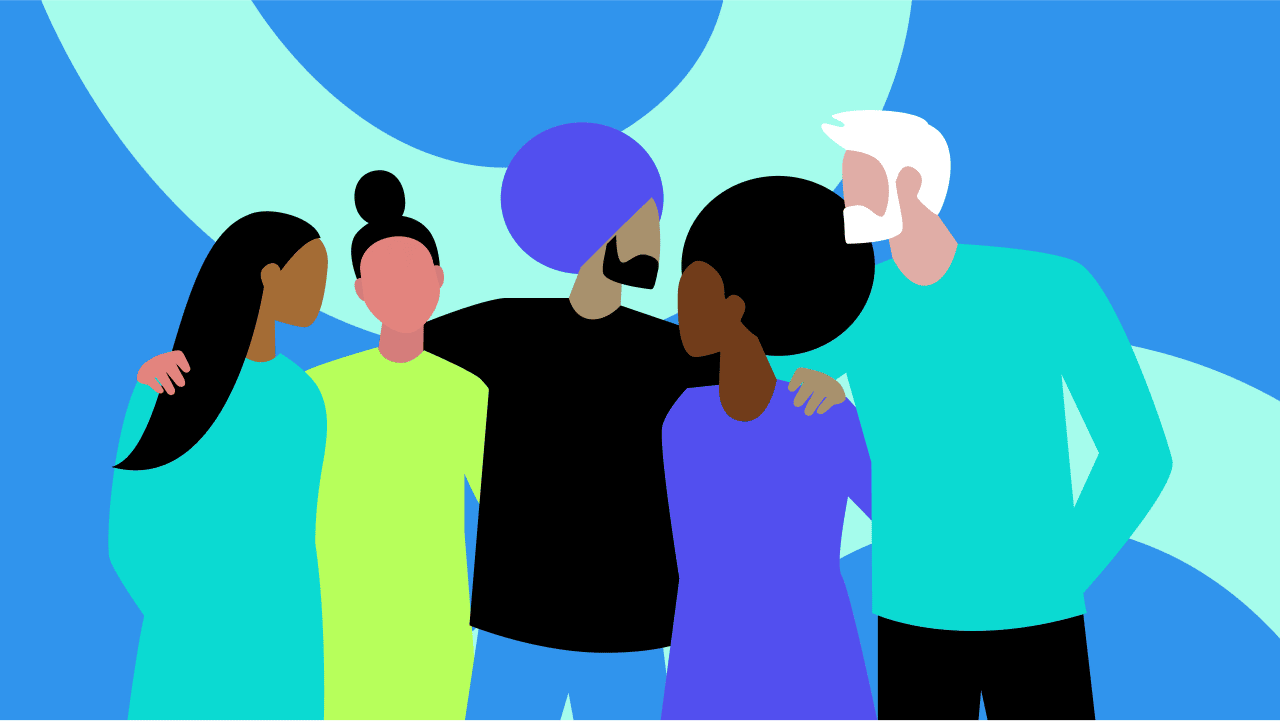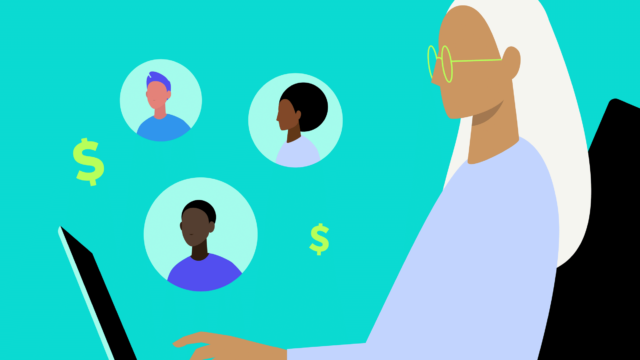Table of Contents
Intersectionality
What It Is and How It Fits Into DE&I
Here’s the thing: we all have layers of identity. And each of these layers brings a multitude of different experiences. When we’re able to understand, compare and address the experiences of women in the workplace with those of men, or people of color, or transexuals, or people with disabilities, or individuals who take prayer breaks throughout the day, or people from low-income housing who ride the bus to work every day, single parents, immigrants, veterans, new hires, those with long tenures, and any varied combination of these and so many other identities — we establish a culture of belonging. We create a diversity, equity and inclusion culture with policies and programs that support the whole person, each and everyone.
Interconnected Identities are the Historical Roots of Intersectionality
The word intersectionality surfaced in 1989 when American law professor, Kimberlé Crenshaw realized how race, class, gender, and other individual characteristics intersect and overlap. Questioning the impact of the 1965 Civil Rights Act on racism, she argued the judicial system’s sense of discrimination exemplified the “conceptual limitations…of single-issue analysis.”
DeGraffenreid v. General Motors was a 1976 case in which five black women sued General Motors for a seniority policy that they argued targeted black women exclusively. Basically, the company simply did not hire black women before 1964, meaning that when seniority-based layoffs arrived during an early 1970s recession, all the black women hired after 1964 were subsequently laid off. A policy like that didn’t fall under just gender or just race discrimination. But the court decided that efforts to bind together both racial discrimination and sex discrimination claims … would be unworkable.
Crenshaw believed that ruling “overlooked the fact that black women are both black and female, and thus subject to discrimination on the basis of both race, gender, and often, a combination of the two.”
As she delved deeper into civil rights, race and racism, Crenshaw found there was no rational explanation for the racial wealth gap or the minority underrepresentation that existed then, and continues today.
“Intersectionality was a prism to bring to light dynamics within discrimination law that weren’t being appreciated by the courts,” Crenshaw explained. “In particular, courts seem to think that race discrimination was what happened to all black people across gender and sex discrimination was what happened to all women, and if that is your framework, of course, what happens to black women and other women of color is going to be difficult to see.”
In 2015 her legal concept of intersectionality jumped into the mainstream when it was added to the Oxford English Dictionary. Two years later (the day after Donald Trump’s inauguration) it gained international attention during the January 2017 Women’s March protests in cities worldwide. From sexism and racism to ableism and ageism, women realized they were marching for a multitude of interconnected issues.
The “WE” World of Intersectionality
Today intersectionality encompasses a broad sphere of identities, social issues and human rights. Think of the overt and hidden characteristics of an individual who also happens to be:
- Your organization’s director of IT
- An Ivy League school graduate
- Married
- The parent of no children other than an oversized fur-baby that’s loved as one
- Six-time world kickboxing champion
- A competitive player on the regional LGBTQ+ fastball league
- Disabled by a mental health condition (thanks to sport-inflicted concussions)
- An active member of the Jamaican diaspora community
- A STEM (science, technology, engineering & math) role model and mentor to young girls
This hodgepodge of roles and identities show up at different times and in different ways. What’s revealed and what’s concealed depends on the circumstances facing the IT director at any given time, the level of trust established between the individual and those with whom they interact.
As Aubrey Blanche, Global Head of Diversity and Belonging at Atlassian shares, “you might look at me and just see a woman. But I’m also Latina and mixed race. And I came out as bisexual in college. I have long-term disabilities. So, I get what it means to have an invisible disadvantage or have a layer of my identity ignored.”
Genuine self reveals when there’s a confident belief your organization is looking out for everybody’s best interests when it comes to matters of diversity, equity and inclusion. A place where everyone feels included.
Intersectionality and COVID-19
Interestingly, in a November 2020 BBC article exploring how female world and business leaders have been more effective in tackling COVID-19 than their male counterparts, the UK’s Construction Industry Training Board CEO, Sarah Beale, suggested female bosses have more empathy. “There’s always a danger in saying that a trait is entirely female or entirely male, as we’re all a mix of both, and different personalities,” Beale cautions. But reflecting on what she’s personally done and seen in other female leaders–empathetic leadership is about taking a step forward as is “placing yourself in the position of those that you’re trying to work on behalf of.” Other CEO’s quoted in the article mention how we now “find ourselves in a world where it’s entirely acceptable to see a senior individual doing a conference call with a small child on their lap.” People are willing to be vulnerable, “and that’s when you get true dialogue and true progress.”
Intersectional DE&I success hinges exactly on this kind of thinking. Asking about and listening to the stories of overlapping experiences. Looking into any exclusionary or oppressive issues to better understand the depths of discord that deny people a fair opportunity to develop, grow and genuinely belong. And taking the kinds of actions that leave no one behind.



